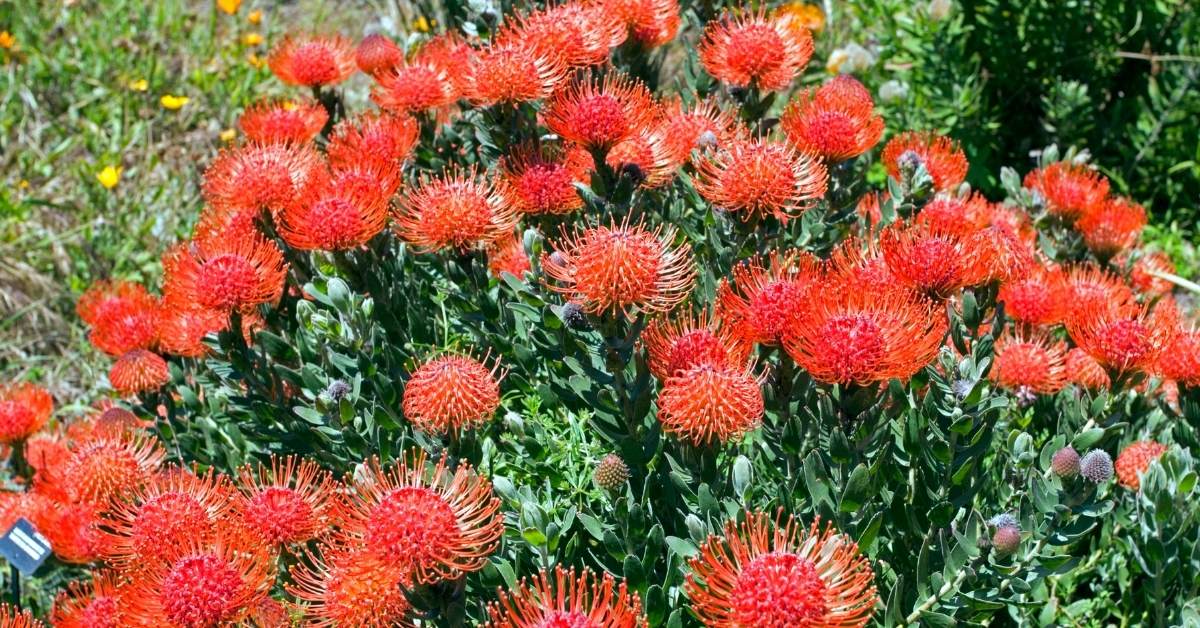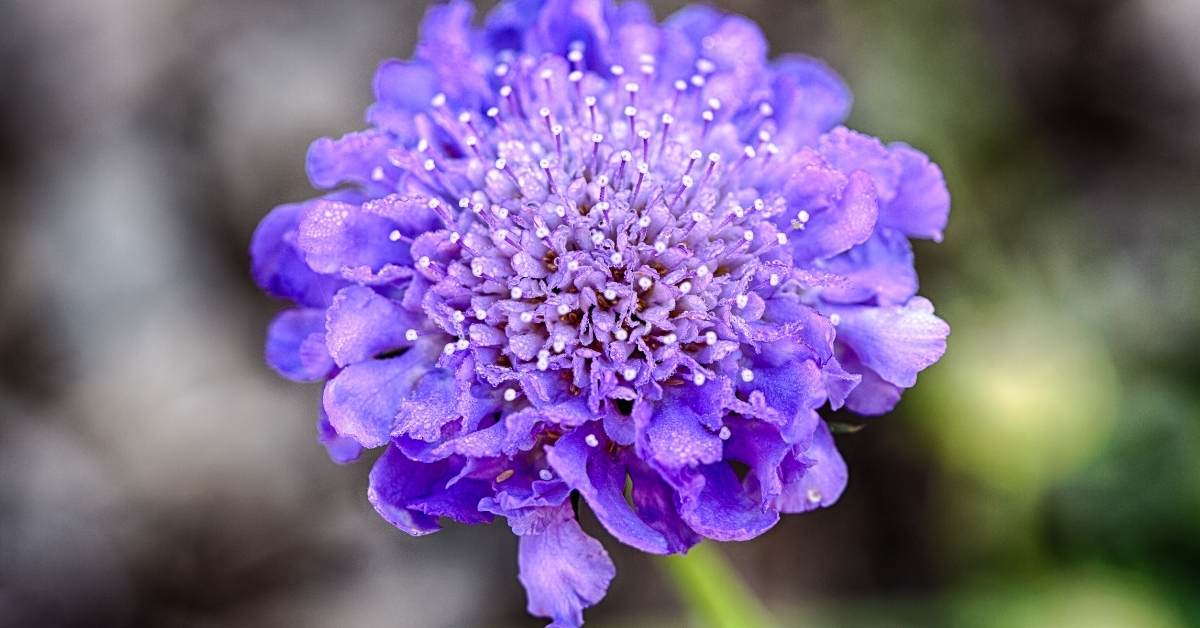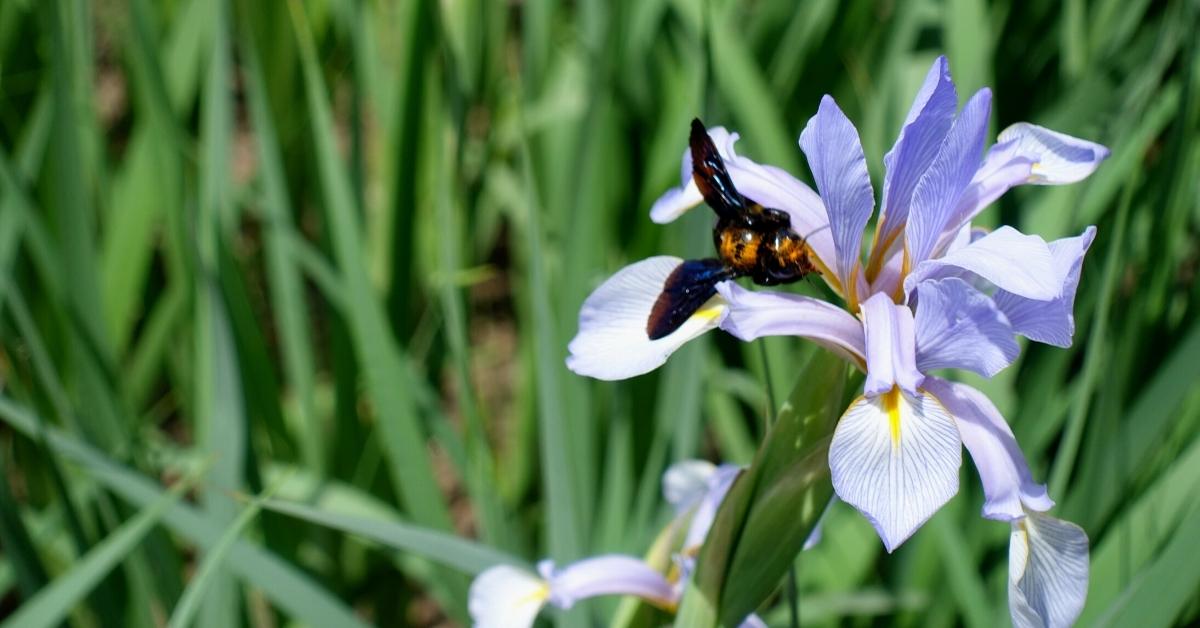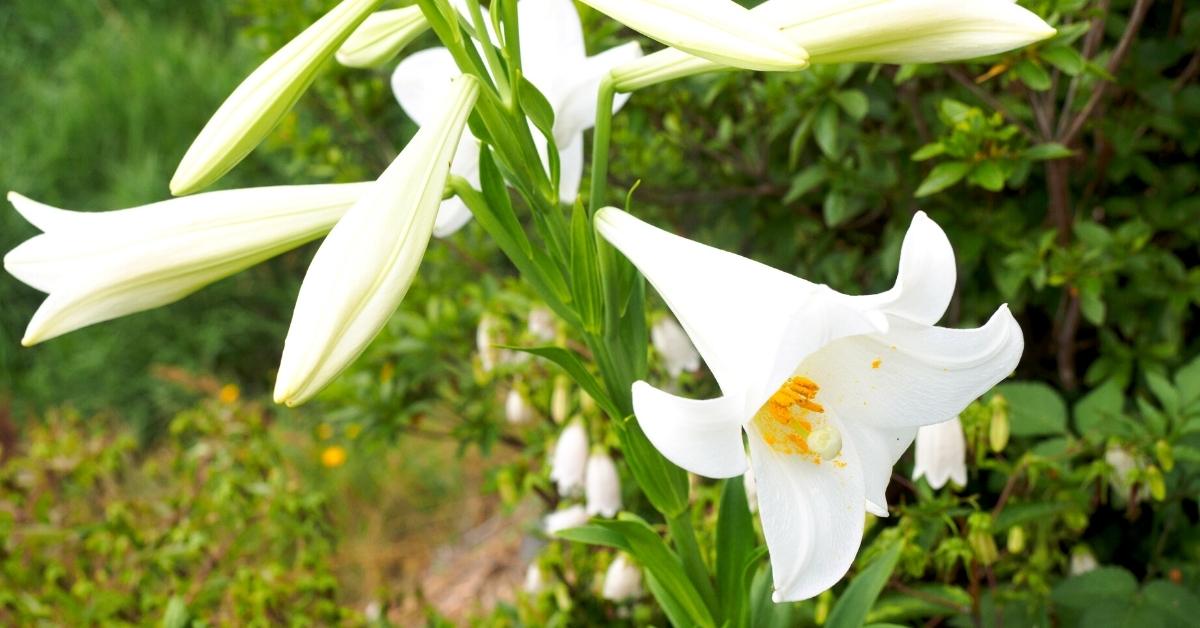Pincushion flowers, sometimes referred to as Scabiosa, are members of a family of flowers that includes both annual and perennial species of blooms. It got its name from the fact that it had been used medicinally for so many years to relieve itching. This is a tutorial that will teach you how to cultivate pincushion flowers at home effectively.
Deep, nutrient-dense soil is ideal for the growth of perennial Scabiosa species. Because the perennial species of Scabiosa perish over the winter on clay soils, this is not a plant that should be grown there. A soil that is lighter and sandier and that has been supplemented with copious amounts of compost is ideal for growing pincushion flowers.
You might read this: Growing Butterfly Iris (African Iris, Fortnight Lily)
Plant Features
The pincushion flowers encompass a diverse range of varieties, each distinguished by its unique height, ranging from a modest 12 inches to an impressive 36 inches. While fragrances may vary among different types, their visual appeal remains a constant source of delight for gardening enthusiasts. True to their name, these exquisite flowers exhibit an enchanting resemblance to miniature pincushions, boasting spiky petals that add a distinctive texture to their overall appearance.
Their color palette is equally captivating, offering a rich selection of hues that includes reddish-purple tones, which approach a deep black shade in the case of certain tender annuals. Additionally, shades of pink, salmon, rose, and varying tones of blue contribute to the captivating array of options. Whether utilized as focal points or blended harmoniously within a garden composition, pincushion flowers inject an element of sophistication and allure, adding a touch of botanical elegance to any landscape.
How To Grow Pincushion Flowers
Deadheading or picking off the dead pincushion flower heads (take all the stems, too) will keep the plant blooming for most of the summer. If you let the pincushion flower go to seed, it will slow down cut flower production. The flowers make excellent fresh-cut flowers.

Planting
Generally, the shorter plants are planted 8-12 inches apart, and the taller plants are spaced at 18″ apart in the full sunshine.
Part shade locations will increase the incidence of powdery mildew, a serious disease for this plant.
Powdery mildew starts as a white powder on the leaves of the pincushion flower plant and rapidly expands to the entire plant. It is usually severe, and the subsequent weak condition of the plant usually kills it during the winter.
Powdery mildew is severe enough that although the pincushion flower blooms all summer, it is not a good candidate for container growing; the restricted air movement in the container leads to problems.
You might want to see this: Growing Great Peonies in Your Garden
Propagation
Seeds of annual pincushion plants or perennial species can be sown 10 weeks before the desired planting date. Sow the seed and barely cover them. Keep the soil at 70F, and germination will happen within 14 days. You can also sow them outdoors after the danger of frost, but they will be very late to bloom.
Older clumps can be divided easily in the spring; simply dig them up and separate them into smaller chunks making sure each chunk has some roots. If you have an older, struggling, straggy plant, a renovation will work marvels at restoring the blooms.
Scabiosa columbaria’ Butterfly Blue’ was voted perennial plant of the year by the Perennial Plant Association in 2000. If deadheaded, this plant will bloom from early spring until late fall. It also enjoys full light and heat; however, it is prone to powdery mildew if restricted airflow around the plant.
Stem cuttings are the only technique to reproduce this plant. It does not come true from seed, although it can also be divided. Important! When planting it from a container, put the crown of the plant at the same depth in the soil as it is in the pot. Do not sink the plant, or you’ll wind up with crown rot.

Don’t miss this: Lilium candidum: Loving And Growing Madonna Lilies
Watering
Pincushion flower does not need a lot of water, as it is drought tolerant once established. However, it does appreciate regular watering during the first year of growth and during dry spells. You should water the plant deeply and infrequently, allowing the soil to dry out slightly between waterings. Avoid overwatering or waterlogging the plant, as this can cause root rot or fungal diseases. You can also mulch the plant with organic matter to conserve moisture and prevent weeds.
Care
The pincushion flower is a low-maintenance plant that does not require much care. You should deadhead the spent flowers to encourage more blooming and prevent self-seeding. You can also prune the plant lightly in late winter or early spring to maintain its shape and vigor. You should fertilize the plant once or twice a year with a balanced organic fertilizer , preferably in spring and summer. You can also divide the plant every three to four years to rejuvenate it and propagate new plants.
Pests and diseases
Pincushion flower is generally resistant to pests and diseases, but it may occasionally suffer from some problems. The most common pest that affects pincushion flowers is aphids, which are small, sap-sucking insects that cluster on the stems and leaves. Aphids can cause distorted growth, yellowing, and honeydew secretion.
You can control aphids by spraying them with a strong jet of water or applying insecticidal soap or neem oil. The most common disease that affects pincushion flowers is powdery mildew, which is a fungal infection that causes white, powdery patches on the leaves and stems. Powdery mildew can reduce the flowering and vigor of the plant.
You can prevent powdery mildew by planting pincushion flowers in a sunny location with good air circulation and avoiding overhead watering. You can also treat powdery mildew by applying fungicides or baking soda solutions.
Other Varieties
Pink Mist
It is a cultivar of Scabiosa columbaria, also known as the ‘Butterfly Blue pincushion flower’. It has delicate, pale pink flowers that contrast with the dark green foliage. The flowers are borne on slender stems that sway in the breeze, creating a misty effect. ‘Pink Mist’ is a perennial plant that blooms from late spring to early fall. It grows up to 18 inches tall and wide and prefers full sun and well-drained soil. ‘Pink Mist’ is attractive to butterflies, bees, and hummingbirds and makes a lovely cut flower. It is also resistant to deer and rabbits.
Walminiblue
‘Walminiblue’ is a more compact plant than ‘Butterfly Blue’ pincushion plant with lavender flowers.
‘Walminiblue’ and ‘Walminipink’ are two dwarf cultivars of Scabiosa columbaria, also known as the pincushion flower. They have similar characteristics to their larger counterparts, ‘Butterfly Blue’ and ‘Butterfly Pink’, but with smaller and more compact growth habits. ‘Walminiblue’ has lavender-blue flowers, while ‘Walminipink’ has soft pink flowers. Both varieties grow up to 12 inches tall and wide and bloom from late spring to early fall. They are ideal for containers, rock gardens, or borders and attract butterflies and bees. They also tolerate heat, drought, and poor soil.
Scabiosa’ columbaria var. ochroleuca
Scabiosa columbaria var. ochroleuca is a variety of pincushion flower that has creamy yellow flowers with a darker center. It is also known as ‘Moon Dance’ or ‘Cream Pincushion’. It is a perennial plant that grows up to 24 inches tall and wide and blooms from late spring to early fall. It is hardy in zones 4 to 9 and can tolerate cold, heat, and drought. It prefers full sun and well-drained soil and attracts butterflies and bees. It is a good choice for cottage gardens, meadows, or cut flowers.
Pincushion moss:
Pincushion moss is a type of moss that grows in dense, cushion-like clumps. It is often found in moist, shady habitats such as forests, bogs, and rock crevices. Pincushion moss has tiny, round leaves that are arranged in spirals around the stem. The leaves are green or yellow-green and may turn brown or red in dry or cold conditions. Pincushion moss reproduces by spores that are released from capsules at the tips of the stems. Pincushion moss is not related to pincushion flowers, but it shares a similar appearance and name.
Pincushion protea
Pincushion protea is a type of flowering plant that belongs to the protea family. It is native to South Africa and grows in dry, sunny areas with well-drained soil. Pincushion protea has large, spherical flower heads that consist of many tiny flowers surrounded by colorful bracts. The flower heads resemble pincushions and come in various shades of yellow, orange, red, pink, and purple. Pincushion protea is a popular ornamental plant that attracts birds and insects with its nectar and pollen. Pincushion protea can also be used as a cut flower or dried for arrangements.
Conclusion
Pincushion flowers are a diverse group of plants that have spiky, cushion-like blooms. They can be grown as annuals or perennials, depending on the species and climate. Pincushion flowers prefer full sun and well-drained soil, and they need regular deadheading to prolong their flowering season. Pincushion flowers are susceptible to powdery mildew, so they should be planted with enough space and air circulation to prevent fungal infections. Pincushion flowers are beautiful additions to any garden, as they provide color, texture, and interest throughout the summer.
FAQs
How do I care for pincushion flowers in containers?
Pincushion flowers can be grown in containers as long as they have enough room for their roots and drainage holes to prevent waterlogging. You should use a potting mix that is light and rich in organic matter, and water the plants regularly but not excessively. You should also fertilize the plants every two weeks with a balanced liquid fertilizer during the growing season. To prevent powdery mildew, you should avoid wetting the foliage and place the containers in a sunny spot with good air flow.
How do I propagate pincushion flowers?
Pincushion flowers can be propagated by seeds, stem cuttings, or division. Seeds can be sown indoors 10 weeks before the last frost date or outdoors after the danger of frost has passed1. Stem cuttings can be taken from healthy plants in spring or summer and rooted in moist soil or water. Division can be done in spring by digging up older clumps and separating them into smaller pieces with roots attached2.
Are pincushion flowers deer resistant?
Pincushion flowers are not highly attractive to deer, but they may still be browsed by hungry or curious animals. To deter deer from eating your pincushion flowers, you can use repellents, fencing, or companion plants that deer dislike, such as lavender, sage, or marigolds. You can also choose varieties that have stronger scents or darker colors, as deer tend to avoid these traits.
I strongly recommend reading other posts on perennial plants before you leave.

